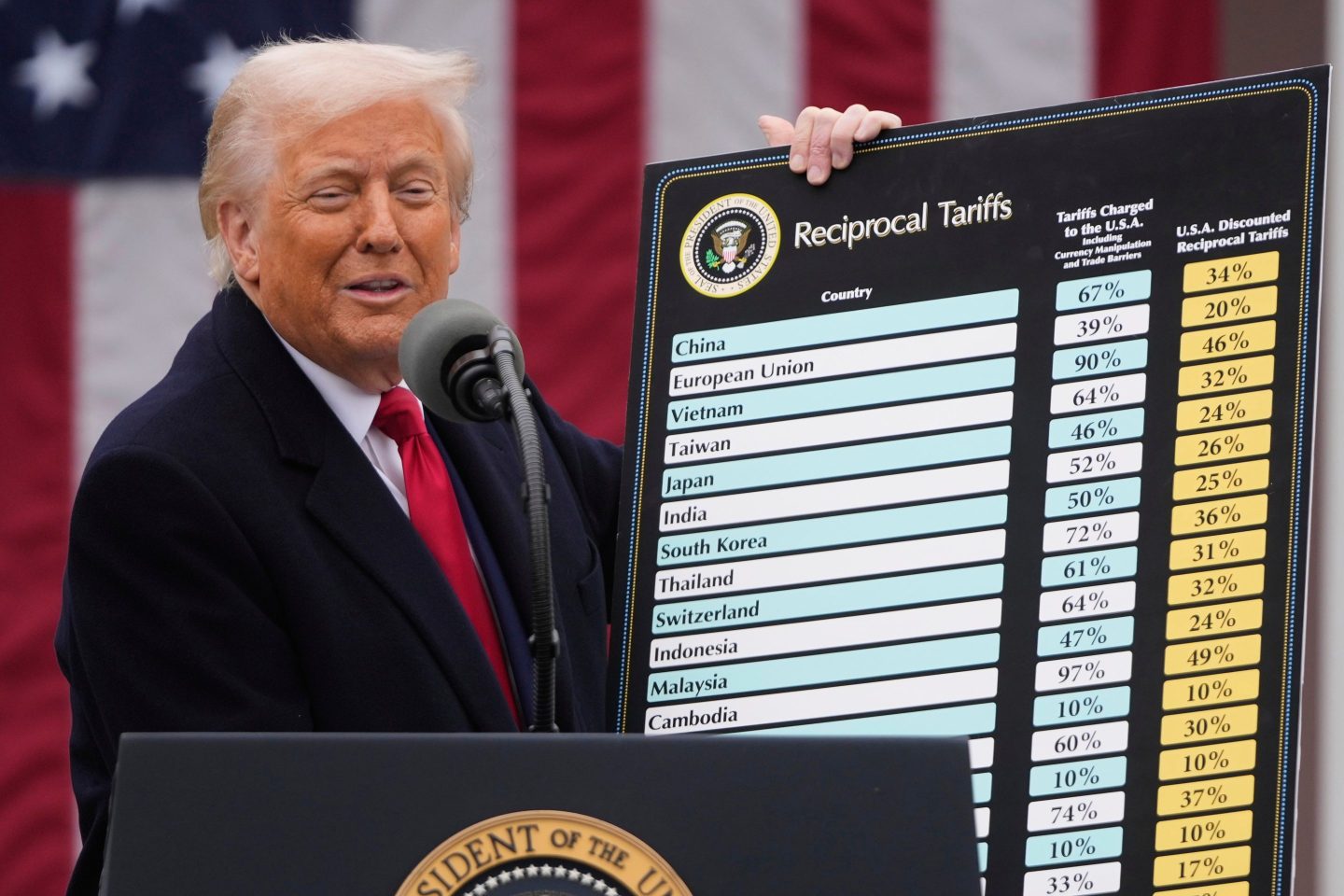Thursday night’s Democratic primary debates were the last of 2019, and crucially, the final chance presidential candidates would get to stand out ahead of the holiday season when many Americans will have dining room debates of their own.
As the once-crowded and diverse field has solidified into another mostly male, mostly white and mostly older group, and as once far-left candidates have begun their customary dance of moving towards the center ahead of the general election, the differences between top contenders have become more nuanced and perhaps even moot.
There was, however, one standout moment on Thursday, on the topic of climate change. While all seven candidates expressed their belief in the severity of the problem and said they would take actions to green-ify the American economy, Senator Bernie Sanders (I-VT) and billionaire Tom Steyer were the only two candidates who said they would use their executive powers to declare a state of emergency as soon as they took office.
“The issue, as you should know what the scientists are telling us, is that they have underestimated the threat and severity of climate change. You’re talking about the Paris Agreement, that’s fine. Ain’t enough. We have got to – and I’ve introduced legislation to do this – declare a national emergency. The United States has got to lead the world,” said Sanders.
In an interview with Fortune Magazine last month, Steyer elaborated on what he meant by a national emergency.
“The state of emergency changes the rules and changes how we generate power. I’d make rules that would have to be met. Rules on building efficiency and miles per gallon. We’re going to have to meet these goals. We have to do this, I don’t care what anyone says. We can do it in a way that makes us grow faster and richer with good jobs,” he said.
Steyer claimed that large legislative packages like the Green New Deal would never pass in a divided Congress, and that relying on Capitol Hill to solve the problem quickly would be irresponsible and dangerous. “Look, Congress hasn’t passed a piece of climate legislation ever. So sitting here and saying I have a great new policy that if Congress would pass would really help, it’s like…good, but not really. The issue with climate is that we understand what needs to be done but don’t know how we’re going to do it, I’m telling you how to do it.”
This is not the first time the candidates have brought the idea to light. In last month’s debate, the conversation played out in largely the same way. Steyer called out his opponents, former Vice President Joe Biden and Senator Elizabeth Warren (D-Mass.) for failing to advocate for a national emergency around climate change.
“I’m the only person on this stage who will say that climate is the number-one priority for me. Vice President Biden won’t say it. Senator Warren won’t say it. It’s a state of emergency, and I would declare a state of emergency on day one. I would use the emergency powers of the presidency,” he said. Sanders interrupted to clarify that he was also on board. “You talked about the need to make climate change a national emergency,” he said. “I’ve introduced legislation to just do that.”
Warren didn’t contradict Steyer’s claim on stage, but she has advocated for a national emergency declaration in the past. In fact, many candidates have.
President Donald Trump used his executive powers earlier this year to declare a national emergency at the U.S. southern border. The announcement allowed him to divert $3.6 billion from military funding to aid in building a wall. In total, he plans to eventually take $8 billion to complete his objective. Congress has been able to do very little to stop him; in March, the Senate passed a resolution disapproving of the national emergency, but the president simply vetoed it.
In response, many candidates responded that climate change was the true emergency.
Warren was asked on the Late Late Show with James Corden what she thought could be emergencies that warrant executive power. “Oh, let’s do a list,” Warren said. “Climate change, gun violence, student loan debt, right off the top. That’s what we ought to be working on.”
Around the same time, Buttigieg took to Twitter to share his feelings on the topic. “Climate change is a national emergency,” he wrote. “The absence of a wall is not.”
Biden, meanwhile, has framed the 2020 election and removing Trump from office as a “national emergency” in itself.
So what exactly is a state of emergency, and how feasible is it?
The ability to declare a national emergency as president is one of the largest and most unchecked power grabs the executive branch has. A recent analysis by the Brennan Center found 136 new statutory powers that become available to the president once they declare a state of emergency (you can see all of them here). The decision to declare is entirely up to the discretion of the president, and powers that become available once declared are as broad as shutting down means of communications in the U.S., deploying troops, and even freezing individual bank accounts.
The power comes from the National Emergencies Act, which was formalized in the post-Watergate era, but has been used since 1775, before America was officially a country. Philosopher John Locke is credited with popularizing the idea amongst the founding fathers. He believed that the executive branch may need to act quickly in the face of emergency to override a slower-moving Congress. The only guideline he gave for the declaration was that it be in the “public good.”
Some argue, however, that the power goes too far and relies too heavily on the president’s judgement of what constitutes public good.
A recent Senate bill sponsored by Republican Mike Lee of Utah seeks to limit the time-frame of a national emergency to 30 days unless a majority of Congress votes to extend it. The bill would also require congressional approval by joint resolution to extend the emergency each year. It’s unlikely that the bill will reach the Senate’s floor under the leadership of Majority Leader Mitch McConnell (R-KY), but if a Democrat comes into power seeking to declare an emergency around climate change, priorities could shift.
But what does this version of a national emergency look like?
Steyer has said he would give Congress 100 days to pass Green New Deal legislation before using his powers to create energy efficiency standards that would bring corporations on track with his goal of net-zero emissions by 2045. He would also redirect $2 trillion in federal funding towards clean energy infrastructure.
Sanders, an early supporter of Green New Deal, hasn’t clarified on specifics but has said that he would “take immediate, large-scale action to reverse its effects.”
More must-read stories from Fortune:
—How the UN’s climate efforts could change the business world
—The cap and trade market is going global—if politics are put aside
—These tech companies spend the most on lobbying
—Will Trump’s impeachment trial be the end for Democratic senators in the 2020 race?
—2020 Crystal Ball: Predictions for the economy, politics, technology, and more
Get up to speed on your morning commute with Fortune’s CEO Daily newsletter.












